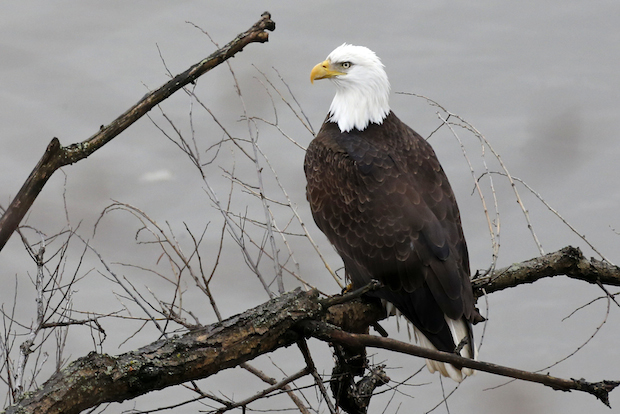Bald eagles soaring back from the brink of extinction
After being nearly wiped, the bald eagle is soaring back to health and filling the skies across the United States.
There is no better way to gauge their successful recovery than by checking in on the nests in places like Pennsylvania. Many are buzzing with chicks and their attentive parents this time of year, giving conservationists much to cheer about.
"It's hard to step away from the fact that they are our nation's symbol and knowing that they've now come back from the brink," Patti Barber, a Pennsylvania Game Commission biologist, told CBS News correspondent Bigad Shaban. "I think a lot of people have a lot of pride that we managed to do that."
When America adopted the bald eagle as the national symbol in 1782, the country may have had as many as 100,000 nesting eagles. The first major decline of the species probably began in the mid to late 1800s, coinciding with the decline of waterfowl, shorebirds, and other prey.
It got markedly worse after World War II, with the introduction of the pesticide DDT and to a lesser degree from lead poisoning.
By 1963, with only 487 nesting pairs of bald eagles remaining, the species was in danger of extinction, according to the U.S. Fish and Wildlife Service.
DDT was banned soon after and the bald eagle started on its road to recovery. It was listed as endangered in the late 60s, when the Endangered List was created. By the 1990s, it had recovered to the point of being dropped from the list.
Its numbers have continued growing. There are now 69,000 across the United States. But the successful recovery has brought up a new set of problems.
Lisa Smith, who heads Tri-state Bird Rescue and Research Inc. in northern Delaware, said she is seeing an alarming number of bald eagles being treated for injuries. Many of their wounds are from other bald eagles. The reason: The birds are now competing for space.
"As the population has increased over the past 20 years, the amount of suitable habitat for bald eagles to breed in has decreased," Smith said.
Still, the majestic birds are finding ways to adapt - even nesting in residential neighborhoods, which is giving a whole new audience a chance to admire them.
